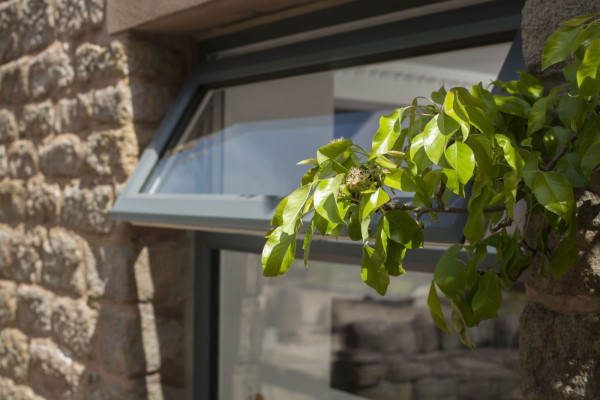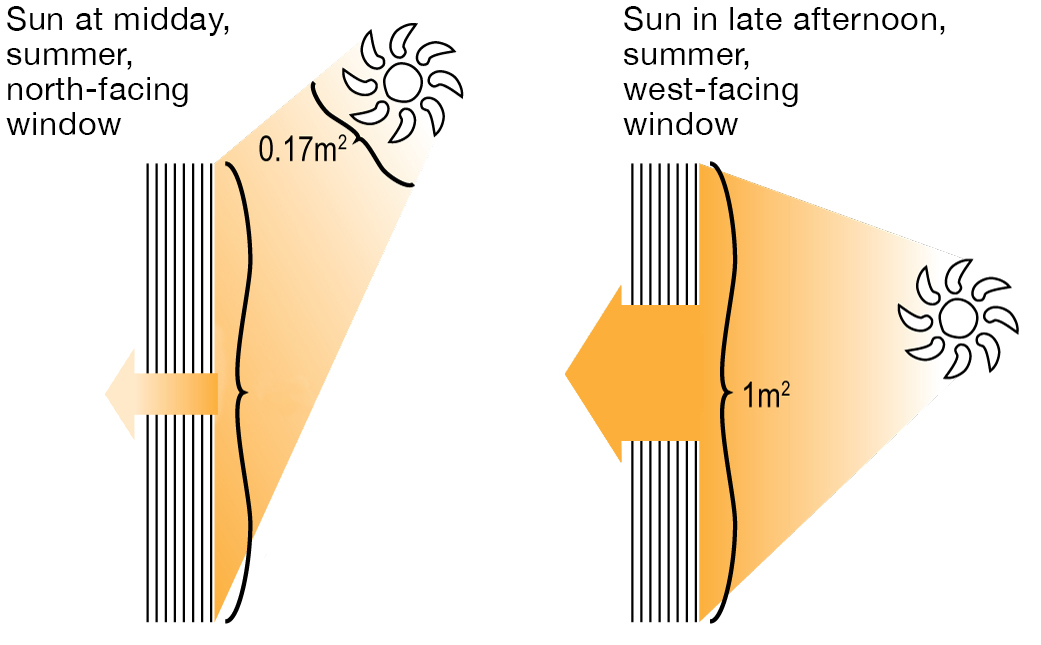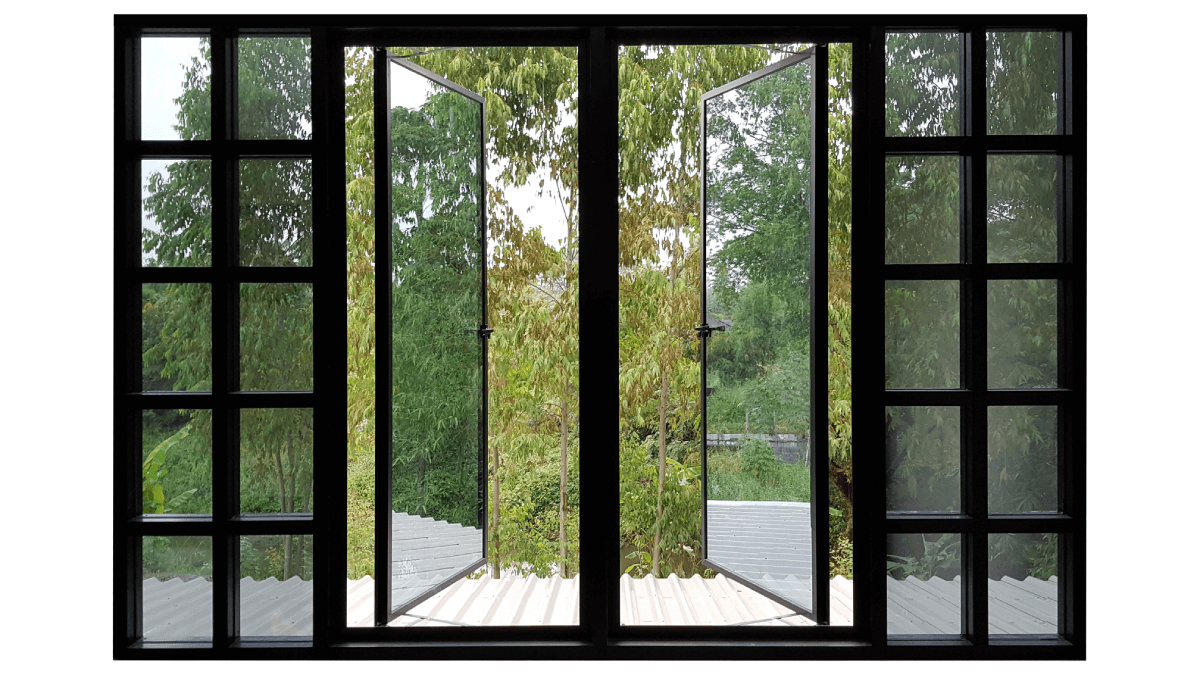All Categories
Featured
Table of Contents
Double Glazing - Albury - Twin Cities Glass in Beeliar Western Australia
Glazing merely indicates the windows in your house, consisting of both openable and fixed windows, along with doors with glass and skylights. Glazing really simply suggests the glass part, but it is usually utilized to describe all elements of an assembly including glass, movies, frames and furnishings. Focusing on all of these elements will help you to accomplish efficient passive style.

Energy-efficient glazing makes your house more comfy and significantly lowers your energy costs. Inappropriate or badly created glazing can be a major source of undesirable heat gain in summer season and substantial heat loss and condensation in winter. Up to 87% of a house's heating energy can be gotten and up to 40% lost through windows.
Upvc Double Glazed Windows Australia in Straffon WA
Glazing is a substantial investment in the quality of your house. An initial financial investment in energy-efficient windows, skylights and doors can considerably decrease your yearly heating and cooling costs.

This tool compares window choices to a base level aluminium window with 3mm clear glass. Comprehending a few of the crucial properties of glass will help you to choose the finest glazing for your house. Secret properties of glass Source: Adjusted from the Australian Window Association The amount of light that goes through the glazing is referred to as noticeable light transmittance (VLT) or visible transmittance (VT).
Twinglaze® Double Glaze Specification Act - Vic in Gosnells Perth
This might lead you to turn on lights, which will result in greater energy expenses. Conduction is how readily a material carries out heat. This is referred to as the U worth. The U worth for windows (expressed as Uw), describes the conduction of the whole window (glass and frame together). The lower the U value, the greater a window's resistance to heat flow and the much better its insulating worth.
For example, if your home has 70m2 of glazing with aluminium frames and clear glass with a U worth of 6. 2W/m2 C, on a winter season's night when it is 15C cooler outside compared to inside your home, the heat loss through the windows would be: 6. 2 15 70 = 6510W That is comparable to the total heat output of a large space gas heating unit or a 6.
What Is The Best Glazing For My Home? - Part 2 in Safety Bay WA

If you pick a window with half the U worth (3. 1W/m2 C) (for instance, double glazing with an argon-filled space and less-conductive frames), you can halve the heat loss: 3. 1 15 70 = 3255W The solar heat gain coefficient (SHGC) for windows (expressed as SHGCw) measures how easily heat from direct sunlight streams through a whole window (glass and frame together).
The lower a window's SHGC, the less solar heat it sends to the home interior. Glazing manufacturers declare an SHGC for each window type and style. However, the real SHGC for windows is impacted by the angle that solar radiation strikes the glass. This is understood as the angle of occurrence.
Double Glazed Windows Sydney in Casaurina Western Australia
When the sun is perpendicular (at 90) to the glass, it has an angle of incidence of 0 and the window will experience the maximum possible solar heat gain. The SHGC declared by glazing manufacturers is constantly calculated as having a 0 angle of incidence. As the angle increases, more solar radiation is reflected, and less is transmitted.
Table of Contents
Latest Posts
Double Glazing Vs. Triple Glazing: Which Is Worth It? in Koondoola WA
Fitting A Cabin In Your Garden? Get Double Glazing Fitted Too in Churchlands Western Australia
Why Should You Have Double-glazed Windows This Summer? in Stirling Perth
More
Latest Posts
Double Glazing Vs. Triple Glazing: Which Is Worth It? in Koondoola WA
Fitting A Cabin In Your Garden? Get Double Glazing Fitted Too in Churchlands Western Australia
Why Should You Have Double-glazed Windows This Summer? in Stirling Perth